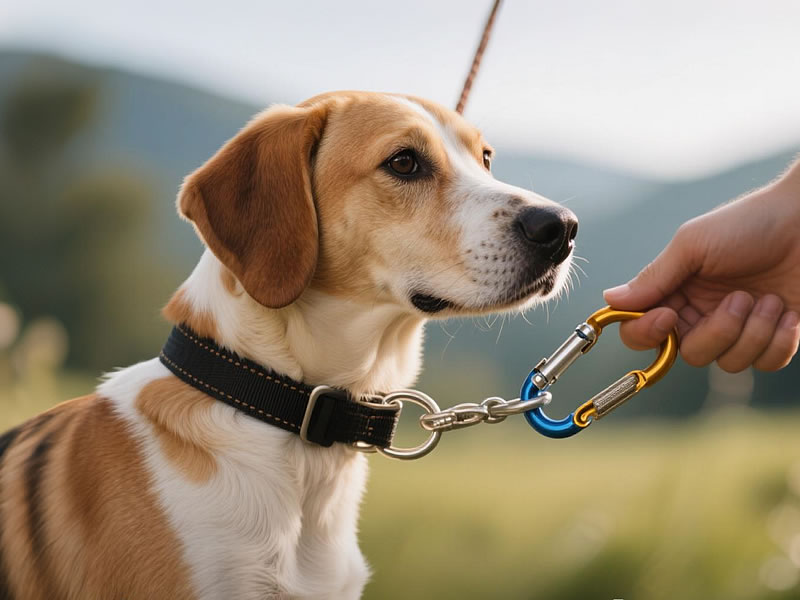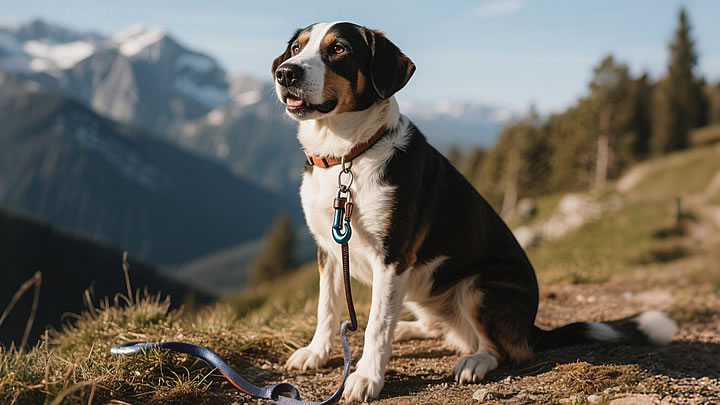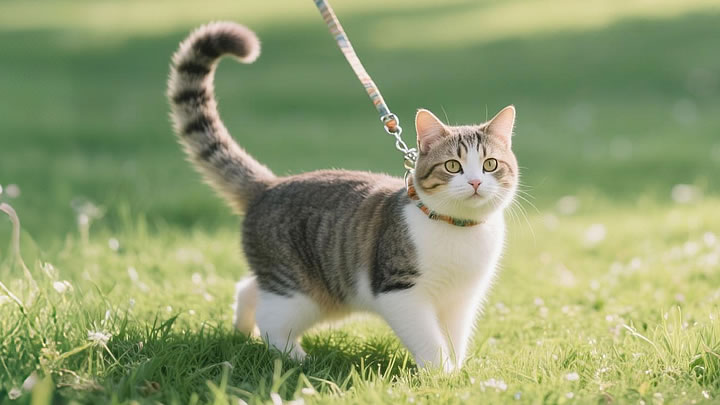How to Secure a Dog With a Carebiner: The Complete Safety Guide
Using a carebiner to secure your dog can revolutionize your walks and adventures, providing hands-free convenience while keeping your companion safe. However, improper use can lead to dangerous situations. This comprehensive guide covers everything you need to know about securely and safely using a carebiner with your dog.

Understanding the Basics
A carebiner (carabiner + care) is a specialized locking carabiner designed specifically for pet safety. Unlike regular carabiners, it features secure locking mechanisms that prevent accidental opening. When used correctly, it creates a reliable connection between your dog's leash and a secure anchor point, but it's not a substitute for proper supervision and training.
Essential Safety Equipment
Before securing your dog with a carebiner, ensure you have the right gear:
- Locking Carebiner: Choose one with a secure locking mechanism (screw-lock, auto-lock, or twist-lock)
- Well-Fitted Harness: Always attach to a harness, never a collar, to prevent neck injuries
- Strong Leash: Use a durable leash in good condition without signs of wear
- Proper Anchor Point: This could be a dedicated walking belt, sturdy hip belt D-ring on a backpack, or reinforced belt loop
Step-by-Step Security Process
- Inspect All Equipment: Check the carebiner's locking mechanism, harness connections, and leash for any signs of damage or wear
- Secure the Harness: Properly fit the harness on your dog, ensuring it's snug but not restrictive
- Attach to Anchor Point: Clip the carebiner to your secure anchor point, ensuring the gate is properly positioned
- Engage Locking Mechanism: Fully secure the locking system - for screw-locks, twist until tight; for auto-lock, listen for the click
- Connect the Leash: Attach your leash to the carebiner
- Perform Safety Check: Gently test both connections before beginning your activity
When to Use a Carebiner
- Hands-free walking or hiking
- Secure temporary tethering (with constant supervision)
- Creating a secure connection between multiple leashes
- Backup security system in addition to hand-holding
Important Safety Considerations
- Never leave your dog unattended while secured with a carebiner
- Avoid stationary tethering in unfamiliar environments
- Regularly check equipment for signs of wear or damage
- Choose appropriate environments - avoid high-traffic areas initially
- Monitor your dog's comfort and adjust as needed
Training and Acclimation
Introduce the carebiner system gradually:
- Let your dog inspect the equipment while off-leash
- Practice short sessions in familiar environments
- Reward positive associations with treats and praise
- Gradually increase duration as your dog becomes comfortable
What to Avoid
- Never use non-locking carabiners
- Don't attach to weak anchor points
- Avoid using with dogs that pull excessively
- Don't use in situations requiring immediate control
- Never connect to collars instead of harnesses
Maintenance and Inspection
Regularly clean your carebiner and check for:
- Smooth operation of locking mechanism
- Signs of corrosion or wear
- Structural integrity
- Sharp edges or burrs that could damage equipment
By following these guidelines, you can safely enjoy the convenience and freedom that a carebiner provides while ensuring your dog's security and comfort. Remember that no equipment replaces proper training and supervision - the carebiner is a tool to enhance your experience, not replace your attention and care.






